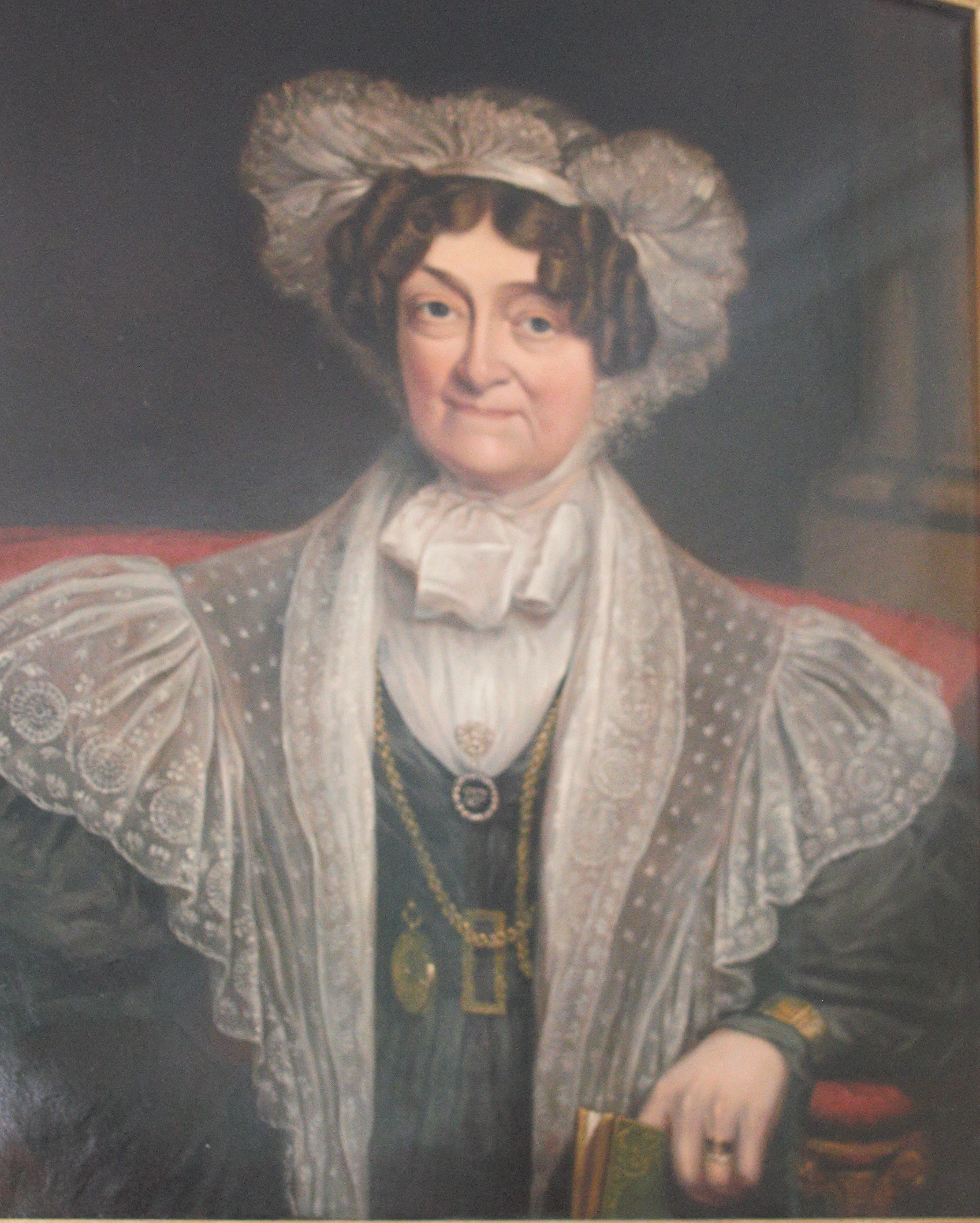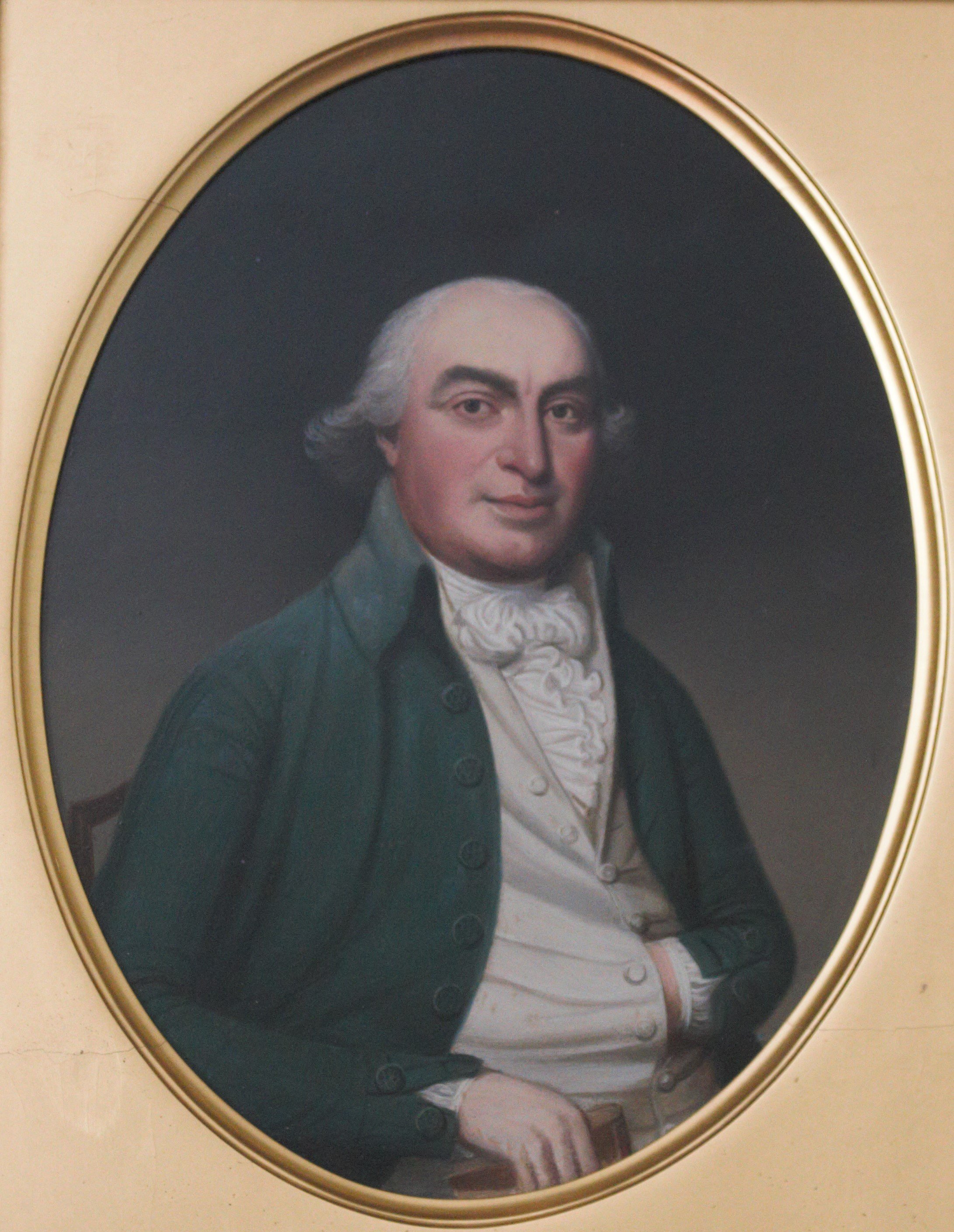
Our History
Looking to Apply to Partis College? Apply online today.
History
Ann and Fletcher Partis were wealthy, and childless. They devoted a considerable part of their wealth to Partis College, buying land and building the College which is remarkably unchanged today.
Partis College was to be home to women who had been reduced by the death of their husbands or fathers from a state of competence and comfort to subsist on pittances insufficient or scarcely sufficient for their support in the latter years of their lives. Partis College catered for a particular group of women – those who were of 50 years and over with an income between £20 and £30 per annum, who were avowedly attached to the Church of England principles.
Regular attendance at the Chapel was expected. Among the several stipulations as to behaviour was that residents could come and go as they pleased but must return before 10 pm. Partis College is different in appearance to most almshouses, being a cross between a stately home and an Oxbridge College.
The buildings and the layout of the grounds (also largely unchanged) were intended to recreate an atmosphere of gracious living which would be familiar to residents. The neo-classical architecture, the honey-coloured Bath stone, the similarities to an elegant townscape and the landscaping combined to create a picture of gracious living sheltered from the world but not cut off from it.
Fletcher Partis died before the first residents arrived in 1825 nor did he witness the consecration of the Chapel (for Ann Partis an important part of College life) in 1826. Ann Partis continued to live in Bath and continued her interest in Partis life, though she supported many other charitable works with similar aims. She lived in Great Pulteney Street, and died there, from natural decay in 1846.
Personal Stories


